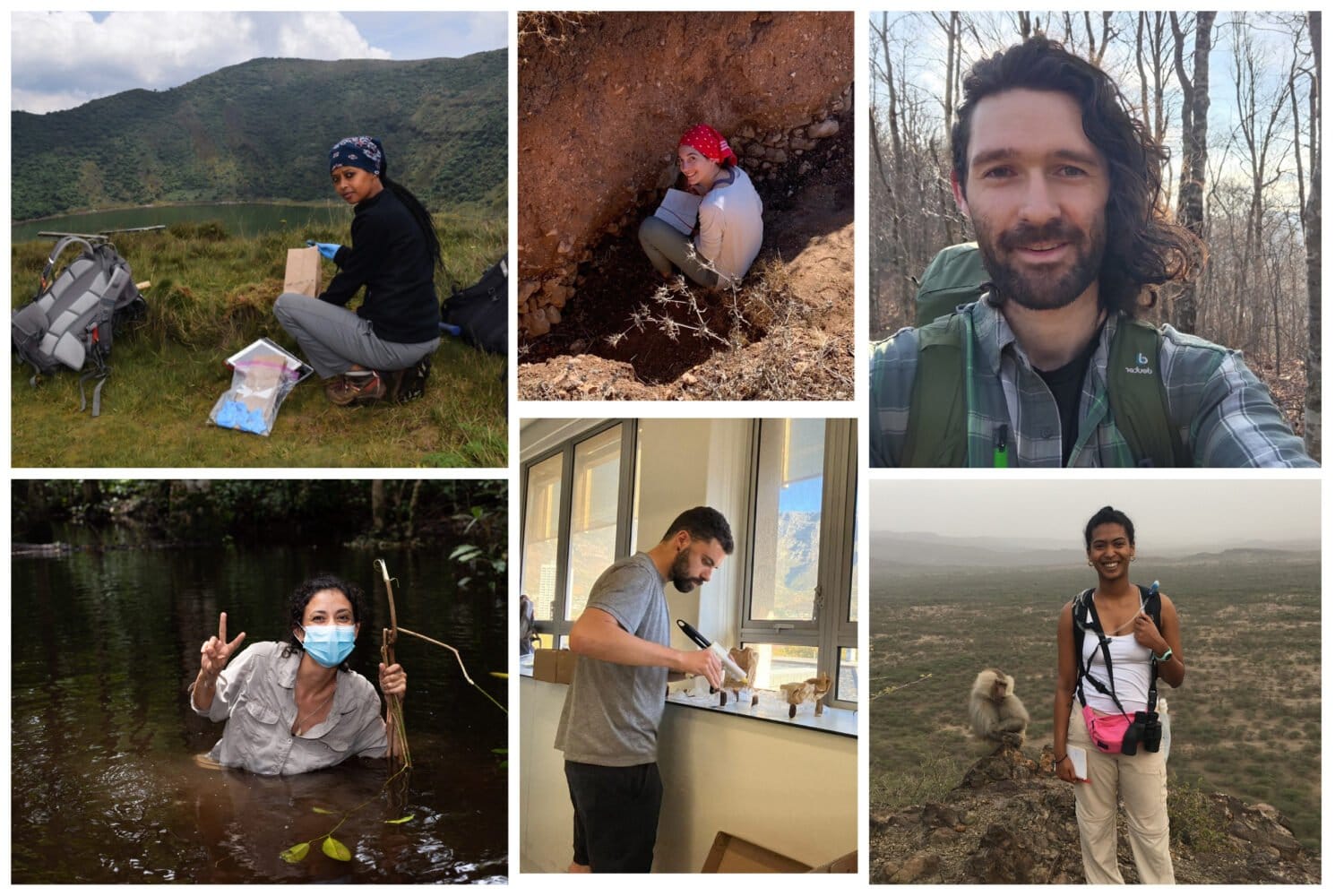
We are pleased to announce the recipients of our spring 2022 Leakey Foundation Research Grants.
These 36 scientists embody our mission of increasing scientific knowledge and public understanding of human evolution, behavior, and survival. Their diverse research projects span the globe and cover topics that range from aging, cognition, and tool-use to morphology, genomics, and the excavation of newly discovered hominin fossil sites.
We look forward to sharing more about our grantees and their work as their projects progress.

Renee Boucher, University of California, Santa Cruz: The application of transition metals to hominid physiology and behavior
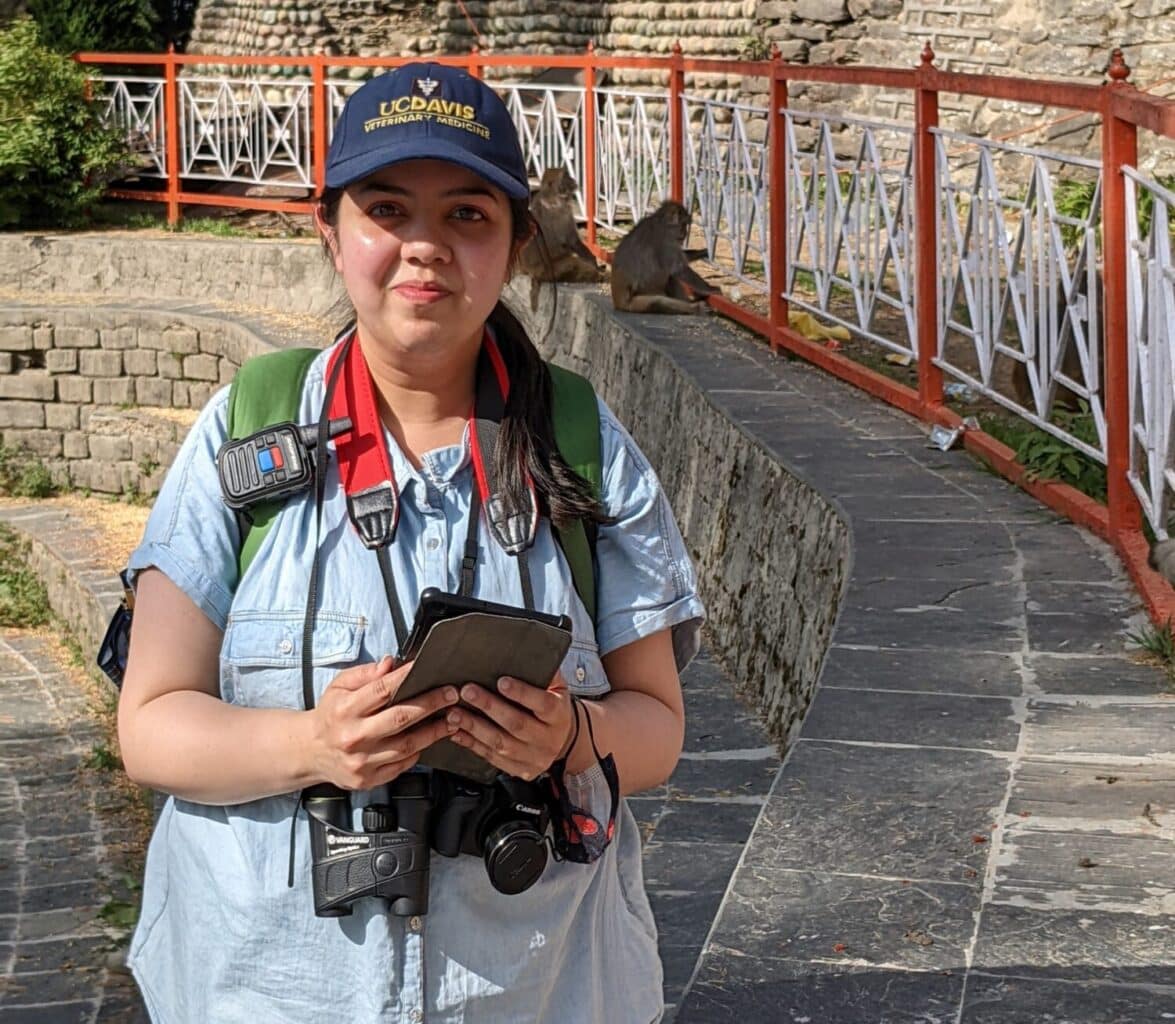
Bidisha Chakraborty, University of California, Davis: Socioecological factors driving individual decisions to participate in between-group conflict among a group-living primate in an anthropogenic landscape
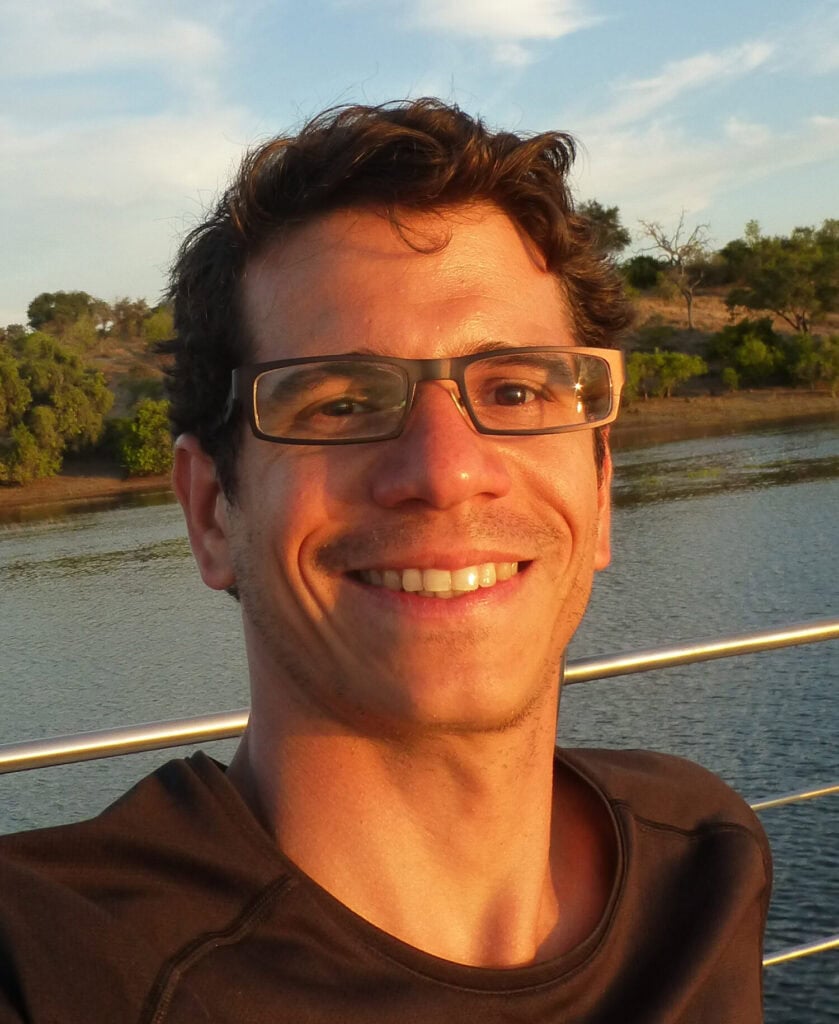
João Coimbra, University of Johannesburg: Spatial vision and blue cone density in the primate retina
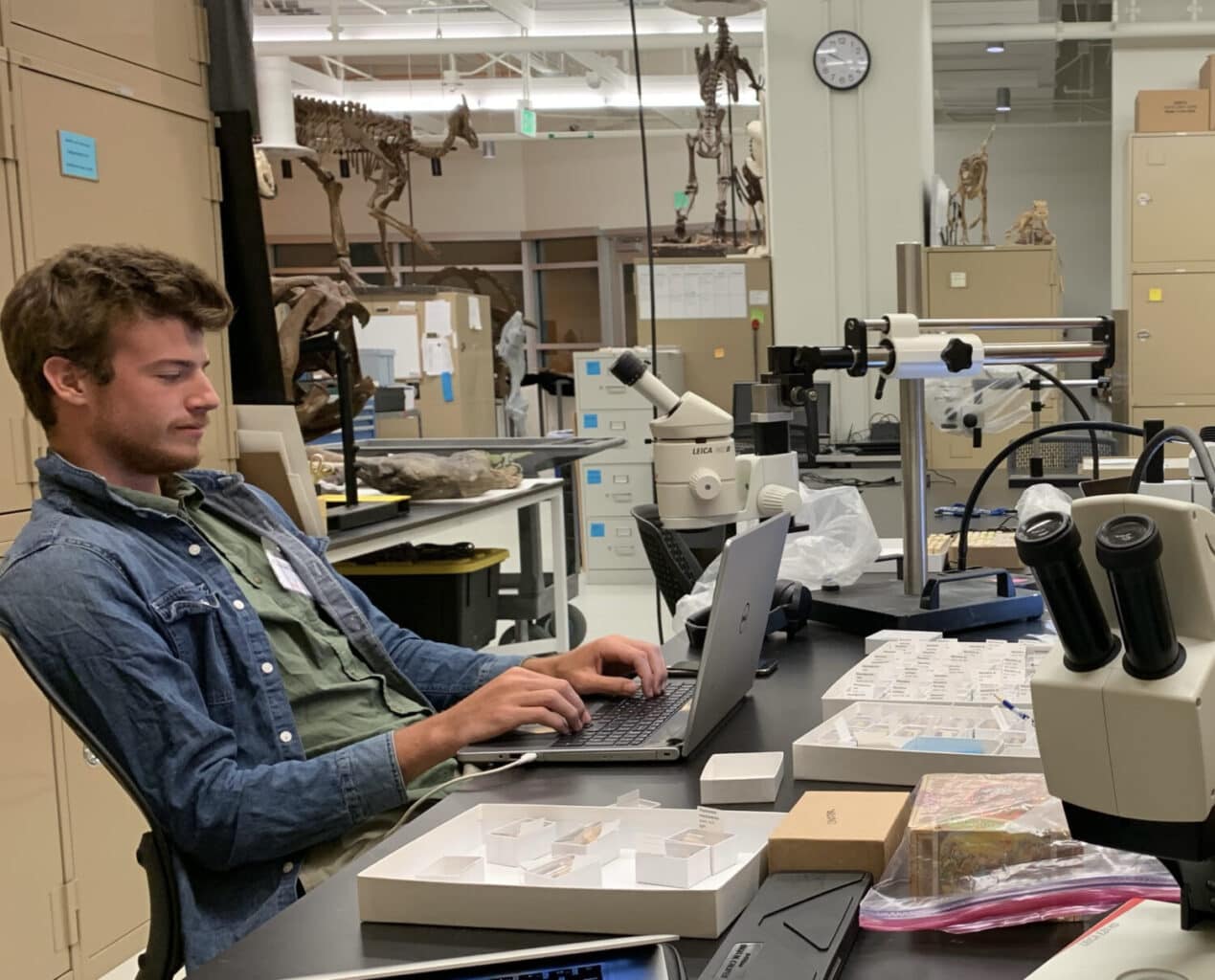
Jordan Crowell, The Graduate Center, CUNY: Unraveling primate supraordinal relationships: Insights from plesiadapiform cranial morphology

Maureen Devlin, Eastern Michigan University: Skeletal aging in the Ngogo chimpanzees
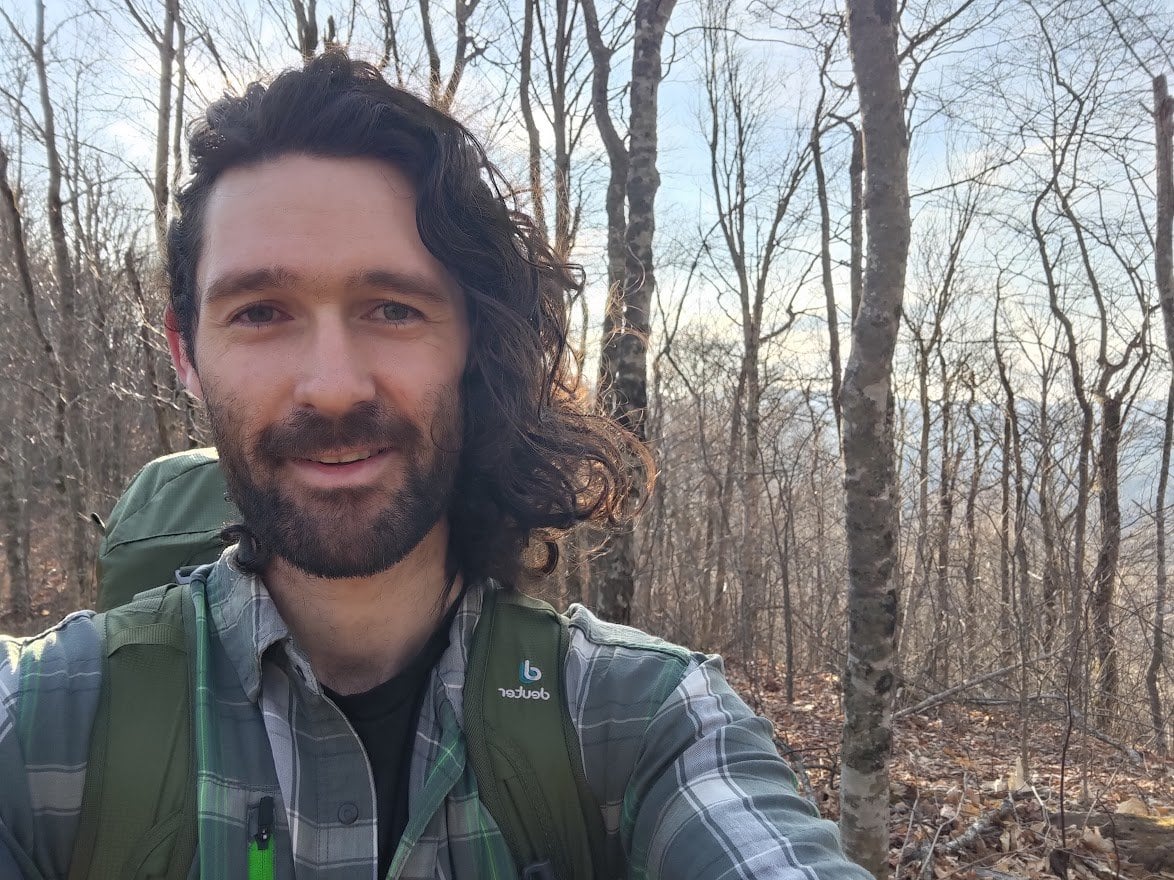
Blake Dickson, Duke University: Biomechanics of humeral curvature in the evolution of primate locomotion
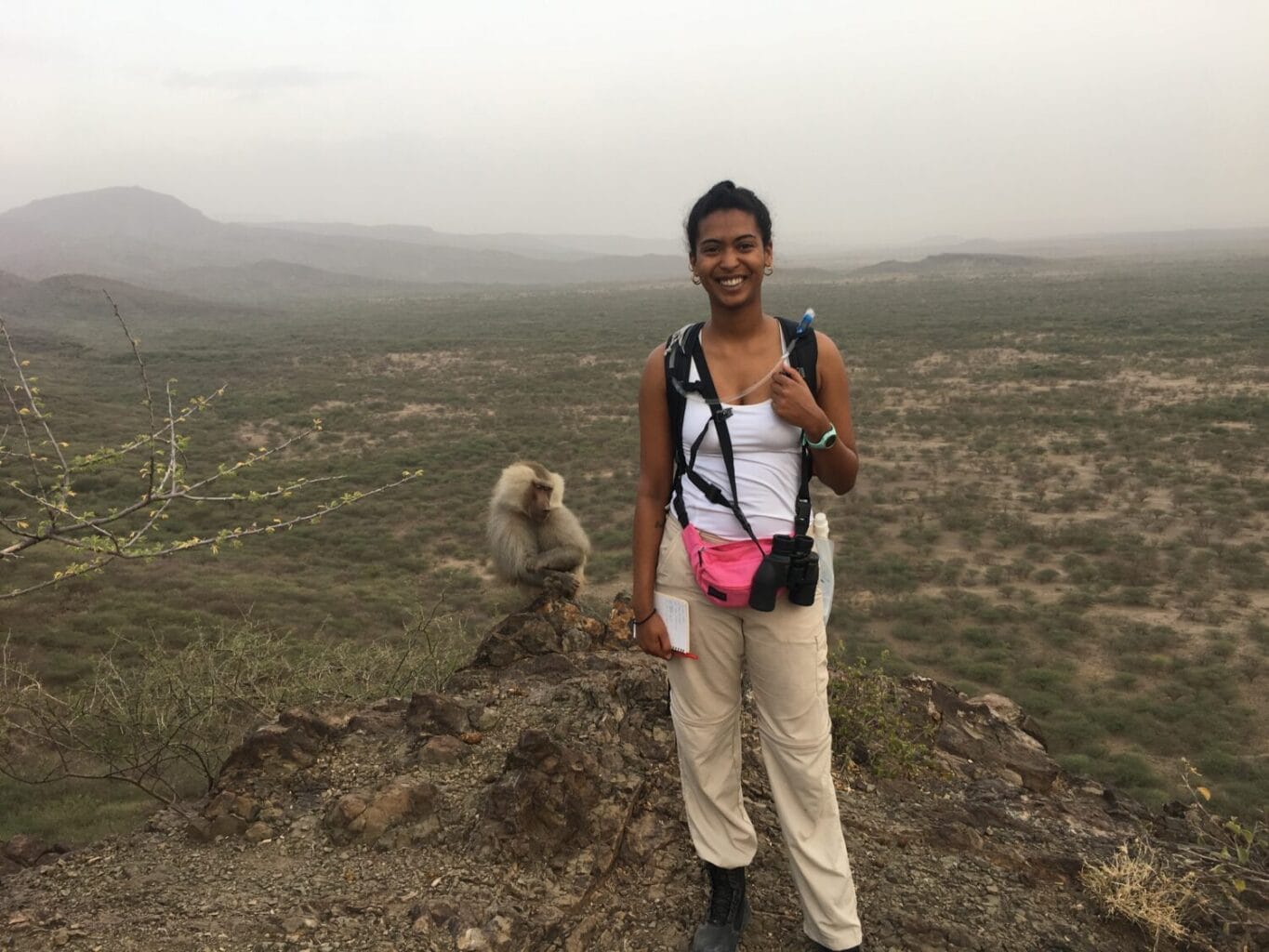
Megan Henriquez, The Graduate Center, CUNY: The effects of sociality on parasite transmission in capuchin monkeys
Kathryn Judson, Washington University: Social influences on western lowland gorilla space use strategies
Alastair Key, University of Cambridge: Rescue excavations at the Lower Palaeolithic site of Fordwich, the earliest directly dated Acheulean site in the UK
Keiko Kitagawa, Senckenberg Centre for Human Evolution and Palaeoenvironment: Spearthrowers or bows? Hunting and osseous projectile points of early modern humans in Eurasia
Auriane Le Floch, Université de Neuchâtel, Institut de biologie Université de Neuchâtel: Meaning of call combination in wild sooty mangabeys of the Taï National Park, Ivory Coast

George Leader, The College of New Jersey: Early Hominin adaptations in arid landscapes of the Namib desert
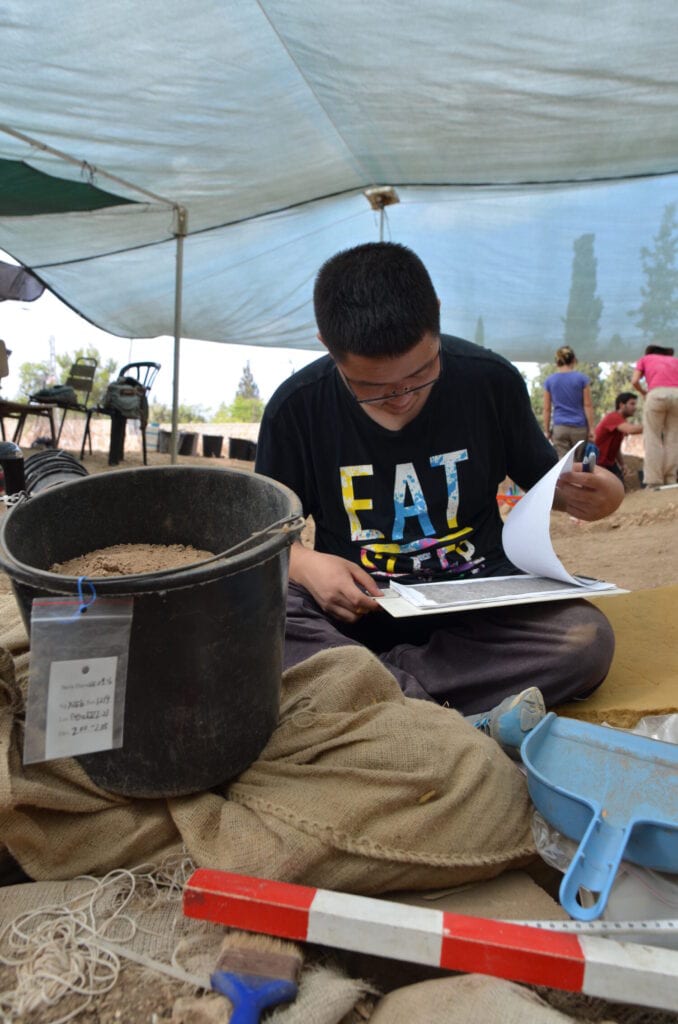
Cheng Liu, Emory University: Inferring skill reproduction from stone artifacts: A middle-range approach
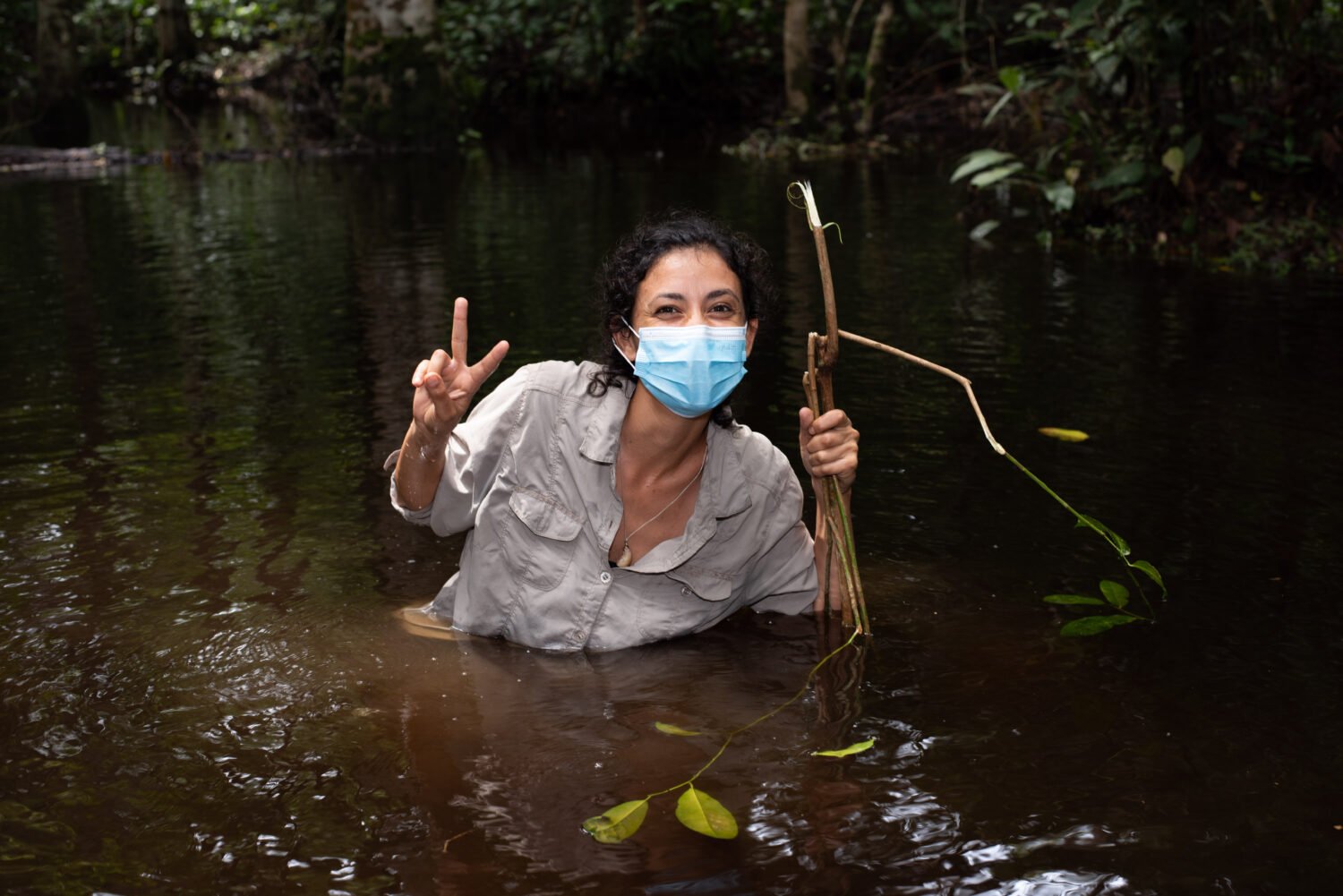
Alessandra Mascaro, University of Osnabrück Insect application and wound care in chimpanzees (Pan troglodytes troglodytes) in the wild

Eduardo Mendez Quintas, University of Vigo: The Early Acheulean (~2.0-1.7 million years ago) on the Ethiopian highlands at Melka Kunture
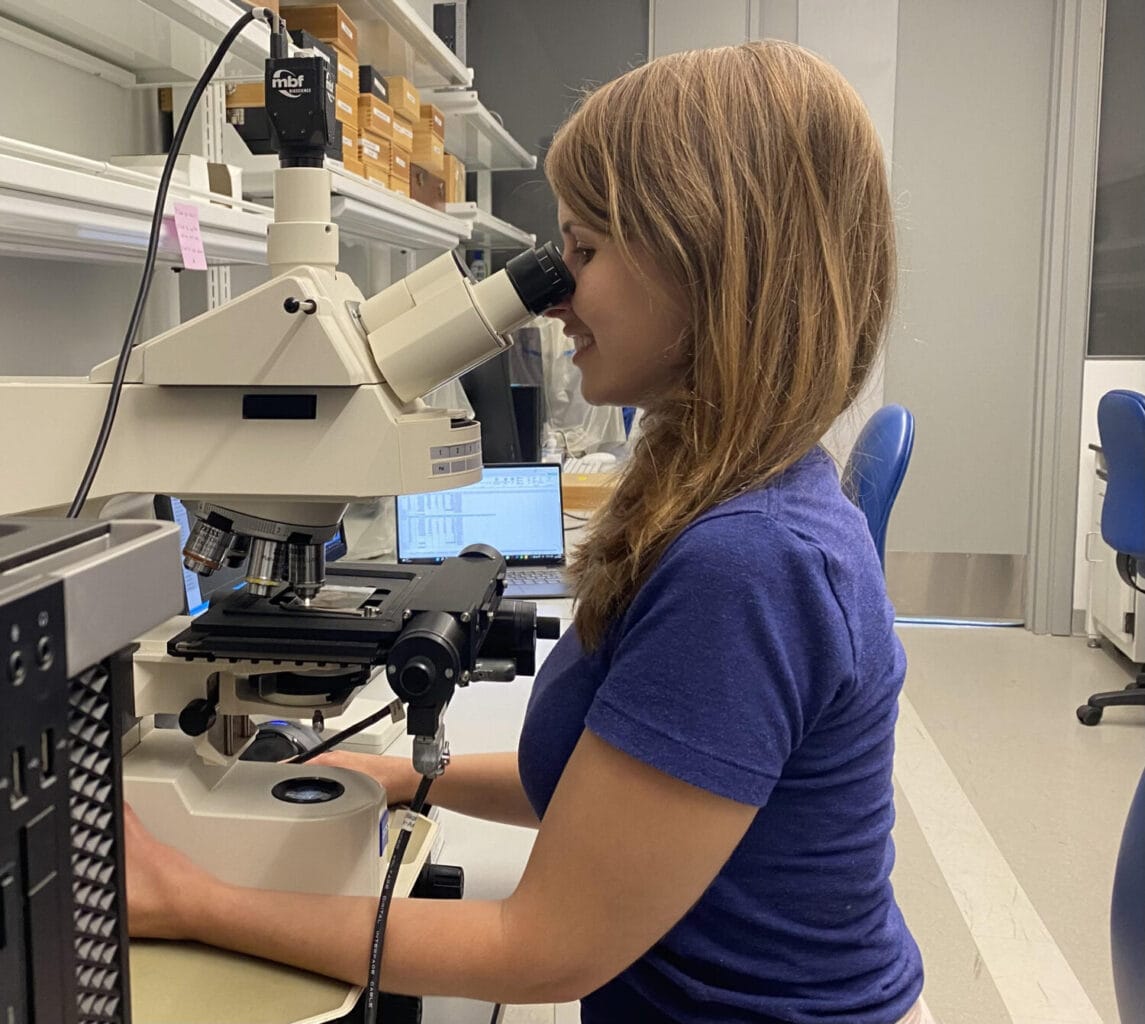
Elaine Miller, The George Washington University, Impact of early social adversity on brain structure in primates

Enquye Negash, The George Washington University: Modern African ecosystems as analogues for hominin paleo-landscapes
Tyler Nighswander, Indiana University: Cross-population comparison of ranging behavior and hormone profiles of wild and commensal hamadryas baboons in Saudi Arabia
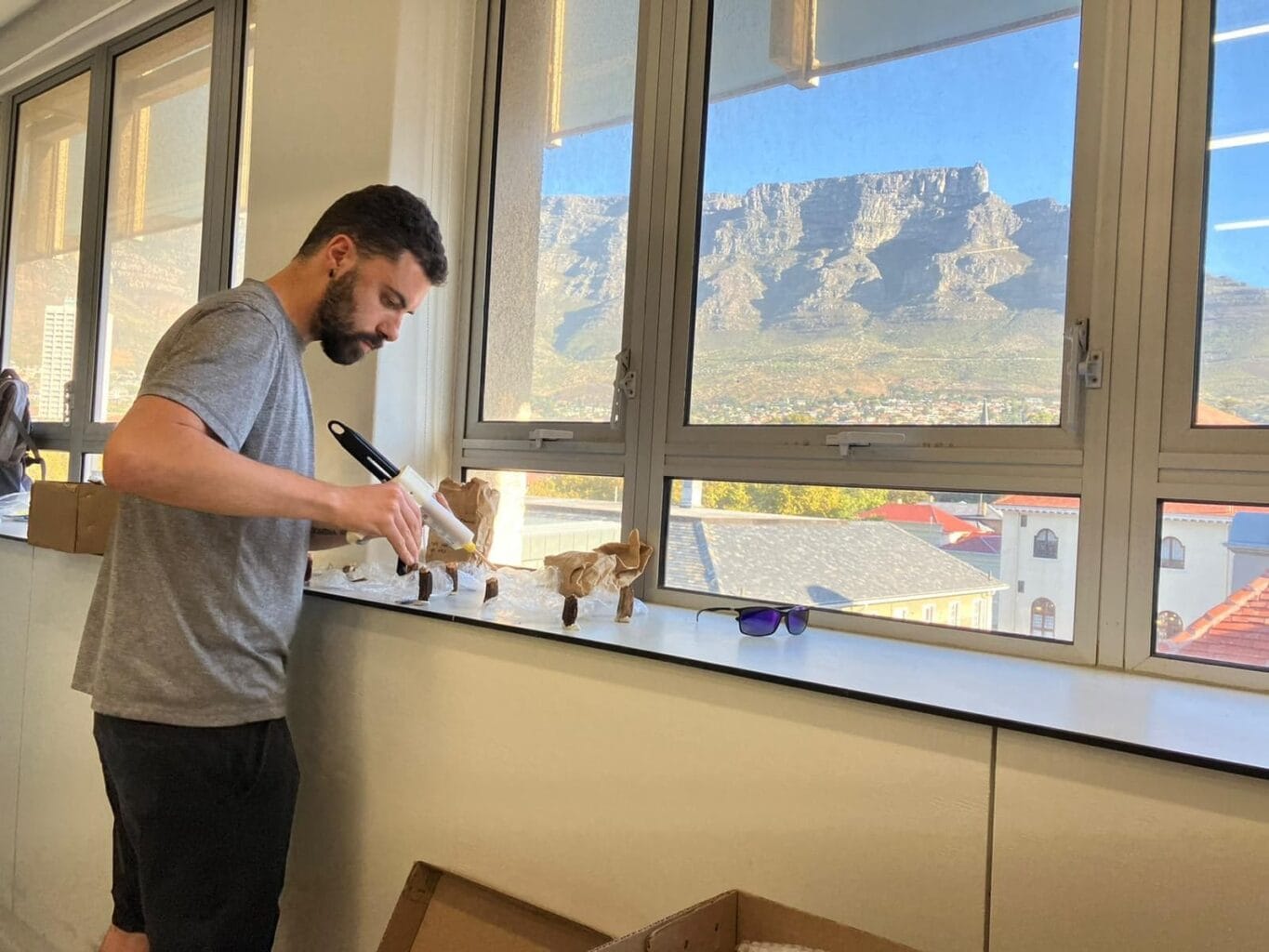
Kaedan O’Brien, University of Utah: Seasonality, migratory systems, and the MSA-LSA transition in eastern Africa

Annette Oertle, Universitaet Wien: Using ZooMS to identify new human fossils in archaeological deposits in Papua New Guinea
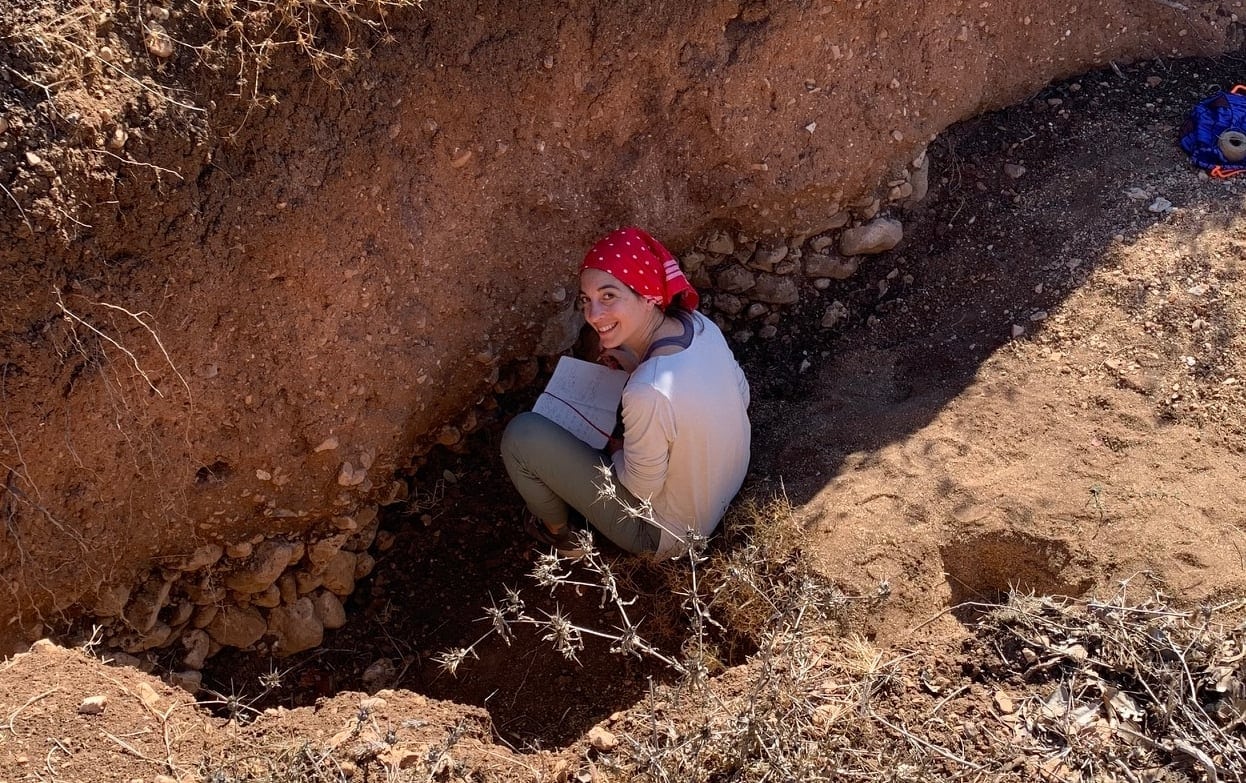
Ilaria Patania, Washington University in St. Louis: The earliest migrations over the Mediterranean Sea

Photo credit: Sam Anderson
Danielle Peltier, Indiana University – Bloomington: The drivers of faunal community dynamics and its implications on hominin occupation during Bed II times, Olduvai Gorge, Tanzania
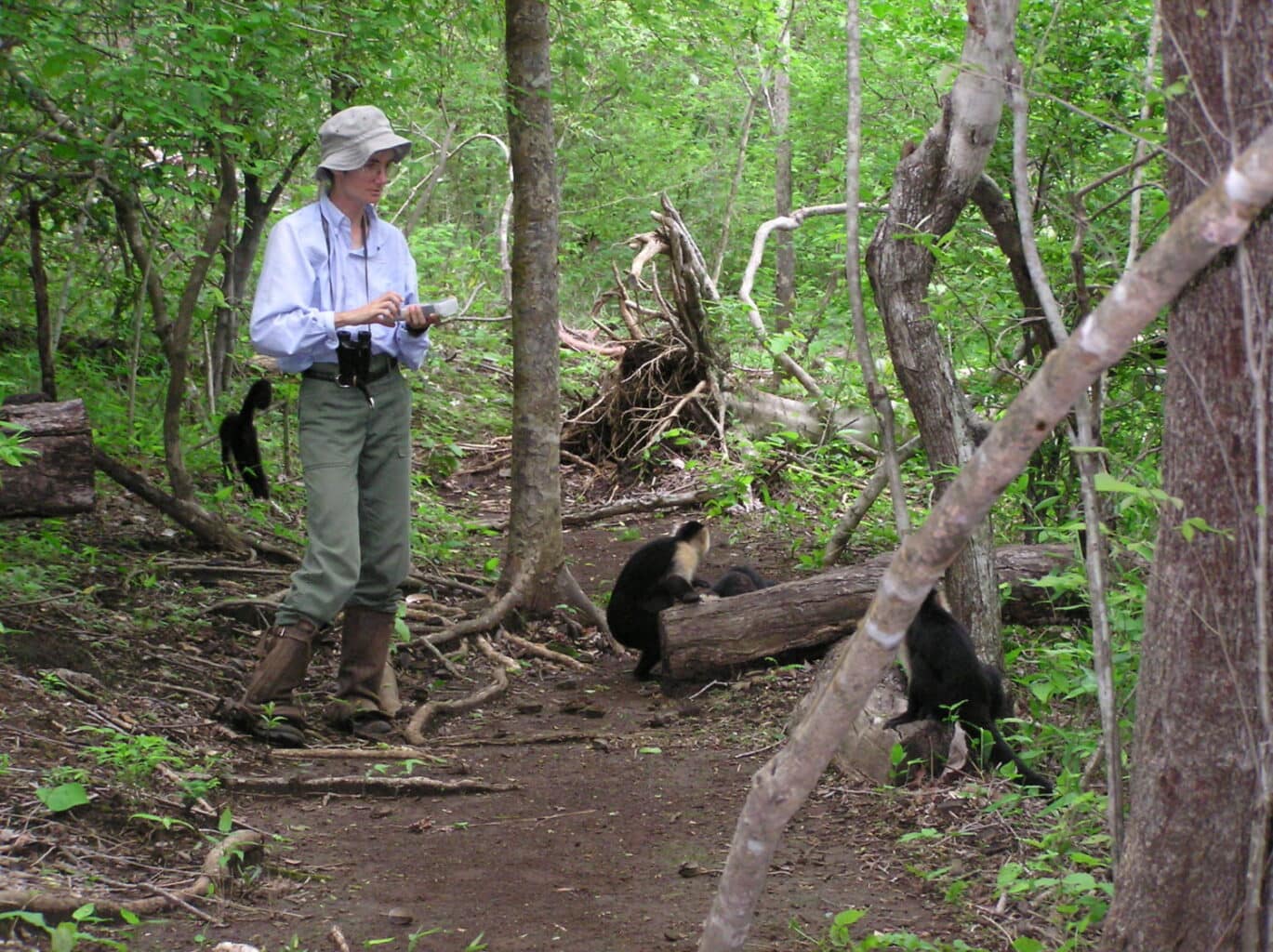
Susan Perry, University of California, Los Angeles: Impact of individual differences on cultural dynamics in capuchins.

Alice Poirier, University of Calgary: Olfaction, reproduction, and the contributions of microbes
Elizabeth Quinn, Washington University: Comparative analysis of neurotrophic markers in non-human primate milk and correlations with infant brain growth
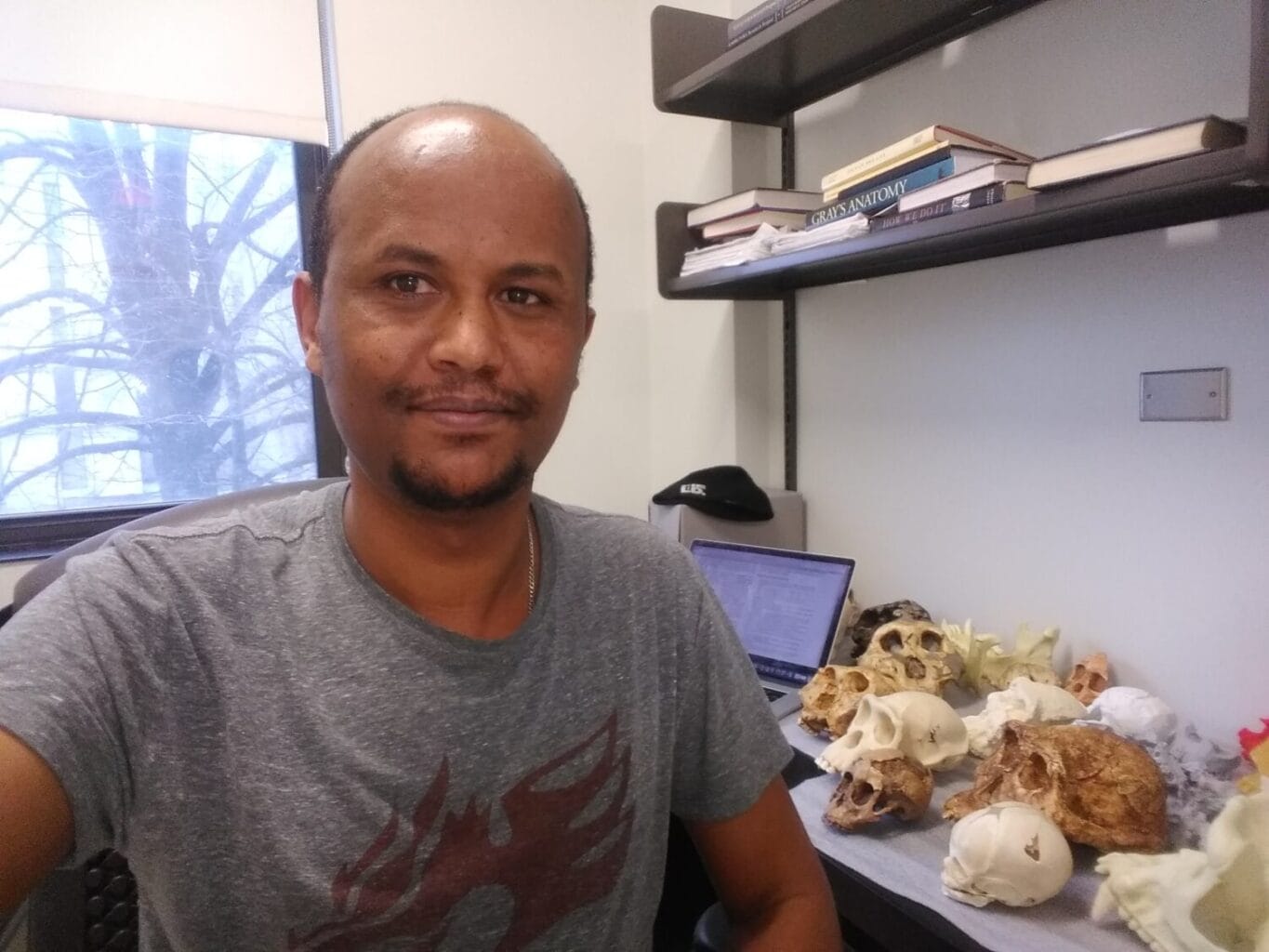
Weldeyared Reda, University of Chicago: Facial development and variation in Australopithecus afarensis: Implication for phylogeny in early hominins

Alice Rodriguez, City University of New York: Investigating use-wear patterns on handaxes from Europe and Asia
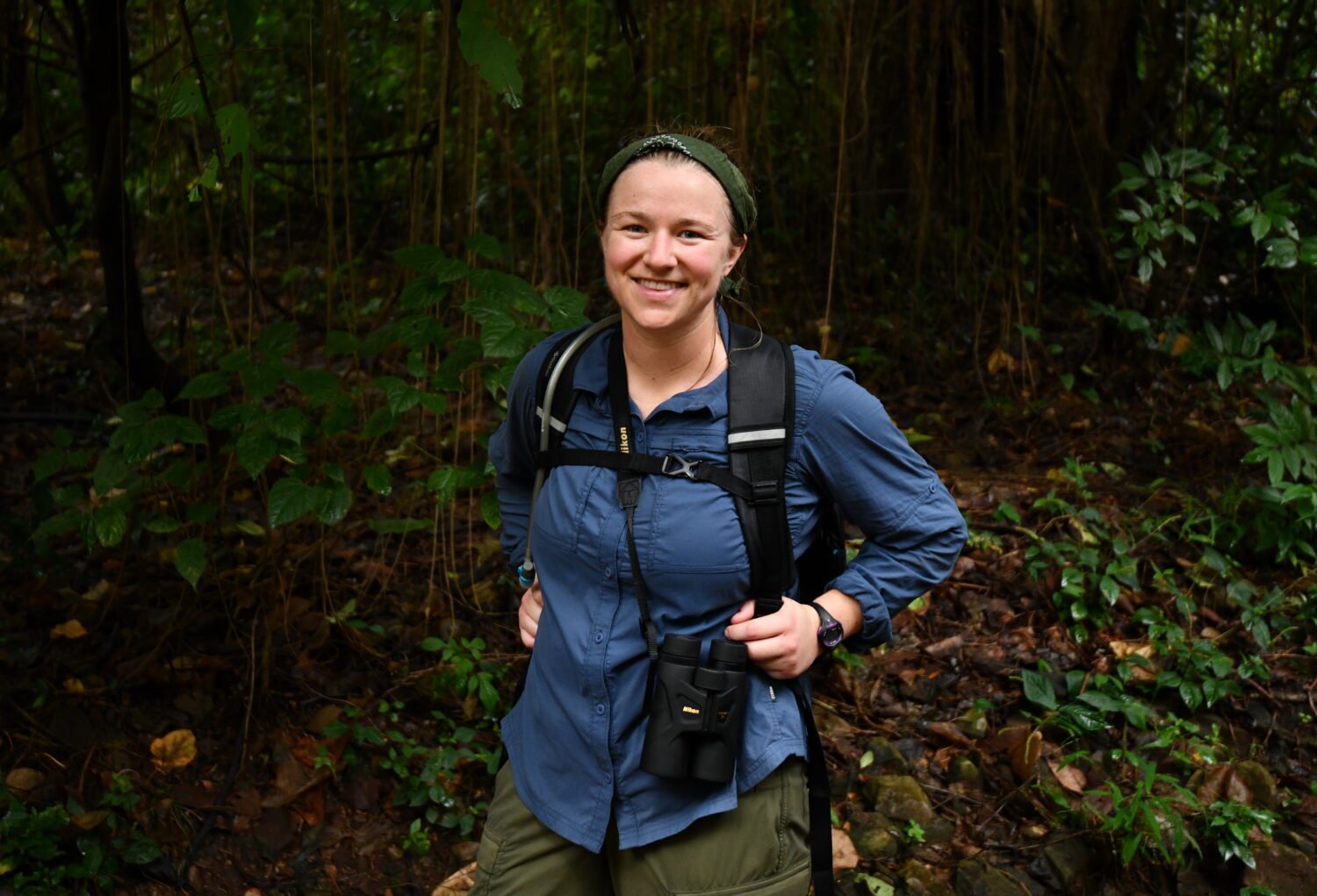
Shannon Roivas, Arizona State University: Chimpanzee responses to variation in feeding habitat quality

Zana Sims, Johns Hopkins University: Examining phylogenetic and dietary signals using cervical root cross-sections in extant catarrhines
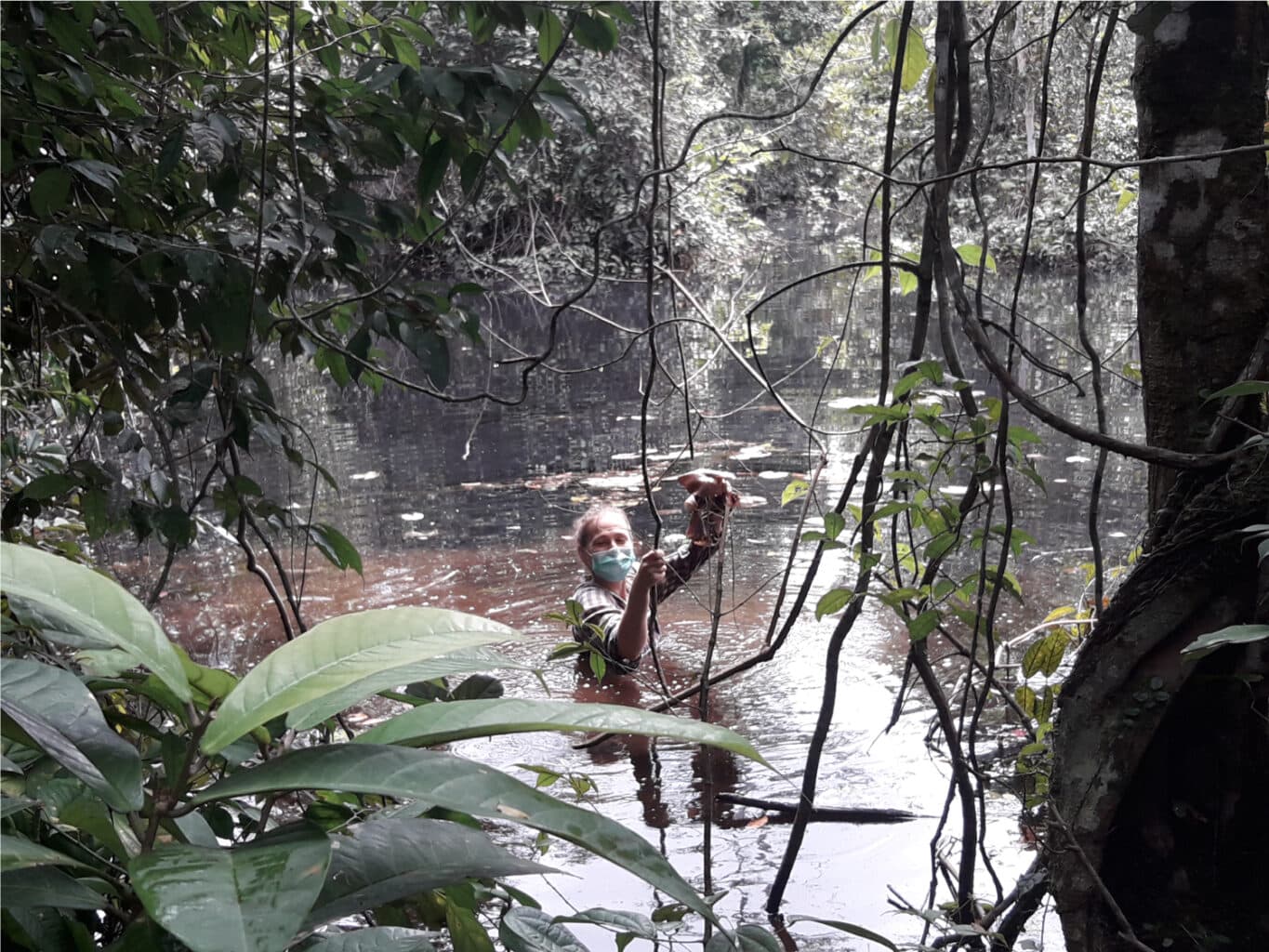
Kathrine Stewart, Max Planck Institute of Animal Behavior: Bonobos as a model for early hominin use of iodine: Implications for human brain evolution

Aurore Val, Universität Tübingen: Archaeological excavations and prospection survey at Arimas Farm, southern Namibia, to explore early modern humans’ adaptation strategies to arid environments
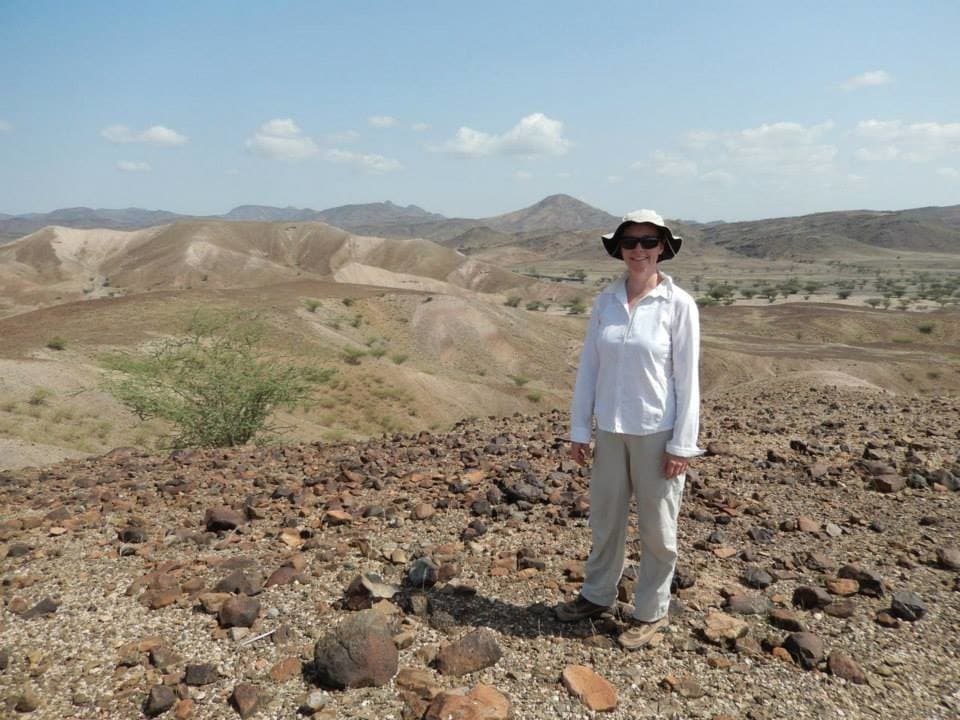
Carol Ward, University of Missouri: 3D Musculoskeletal Anatomy and Biomechanics of the Hand and Foot in African Hominoids

Dorota Wojtczak, University of Basel: Uncovering Pleistocene population dynamics and behaviour of hunter-gatherers in the Jordan Valley, Jordan
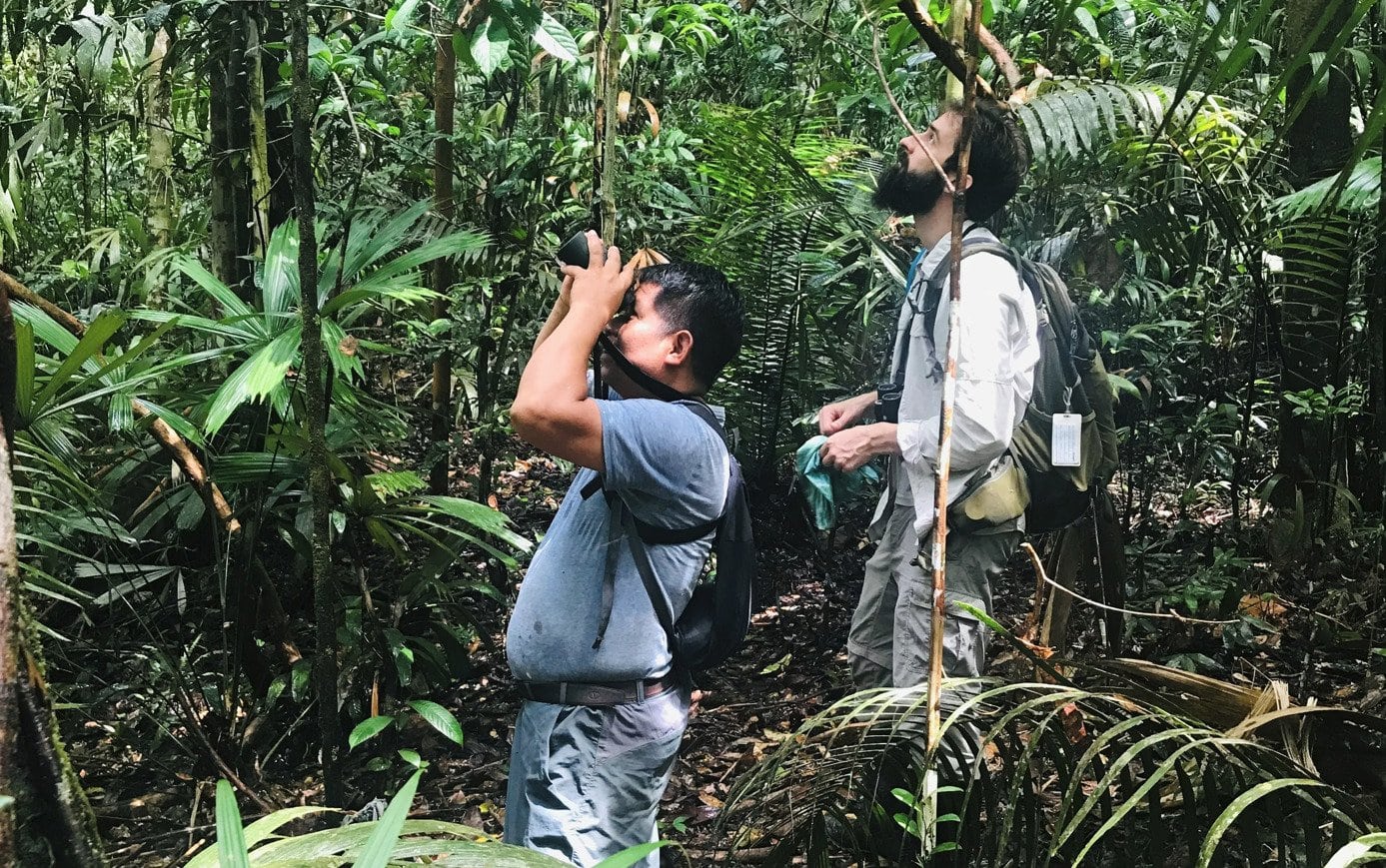
Photo by Dr. Sofya Dolotovskaya
David Wood, Yale University: Behavior and energetics of parenting in a biparental, neotropical primate

Koray Yilmaz, University of Southern California: Measuring stress response and energetic status in a forest primate across a habitat-disturbance gradient

Yossi Zaidner, Hebrew University of Jerusalem: Middle Paleolithic burials and burial practices: Excavations at Tinshemet Cave, Israel
Comments 0